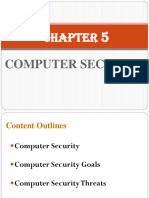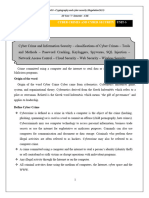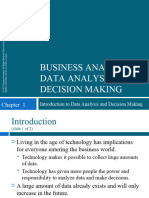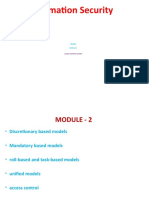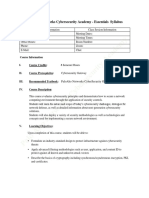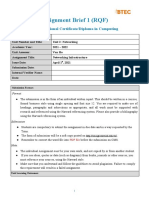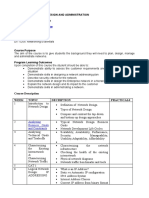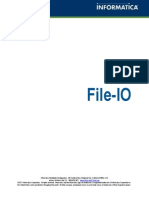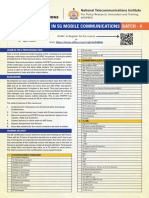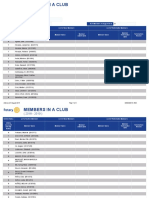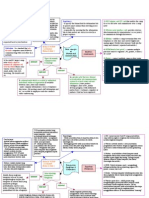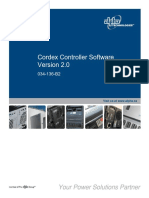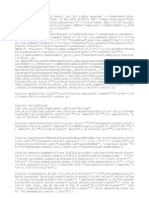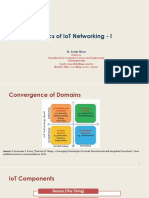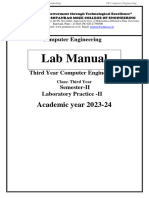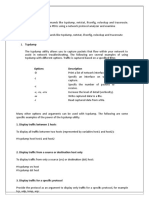0% found this document useful (0 votes)
284 views82 pagesComputer Security Fundamentals
This document discusses key concepts in computer system security. It defines security objectives like confidentiality, integrity, and availability. It describes common security threats like snooping, traffic analysis, modification, masquerading, replaying, and denial of service attacks. It also discusses security mechanisms, challenges, and how to categorize system assets and vulnerabilities. The overall goals are to understand how to protect computer systems and data from security threats.
Uploaded by
Manjunath R KCopyright
© © All Rights Reserved
We take content rights seriously. If you suspect this is your content, claim it here.
Available Formats
Download as PDF, TXT or read online on Scribd
0% found this document useful (0 votes)
284 views82 pagesComputer Security Fundamentals
This document discusses key concepts in computer system security. It defines security objectives like confidentiality, integrity, and availability. It describes common security threats like snooping, traffic analysis, modification, masquerading, replaying, and denial of service attacks. It also discusses security mechanisms, challenges, and how to categorize system assets and vulnerabilities. The overall goals are to understand how to protect computer systems and data from security threats.
Uploaded by
Manjunath R KCopyright
© © All Rights Reserved
We take content rights seriously. If you suspect this is your content, claim it here.
Available Formats
Download as PDF, TXT or read online on Scribd
/ 82












